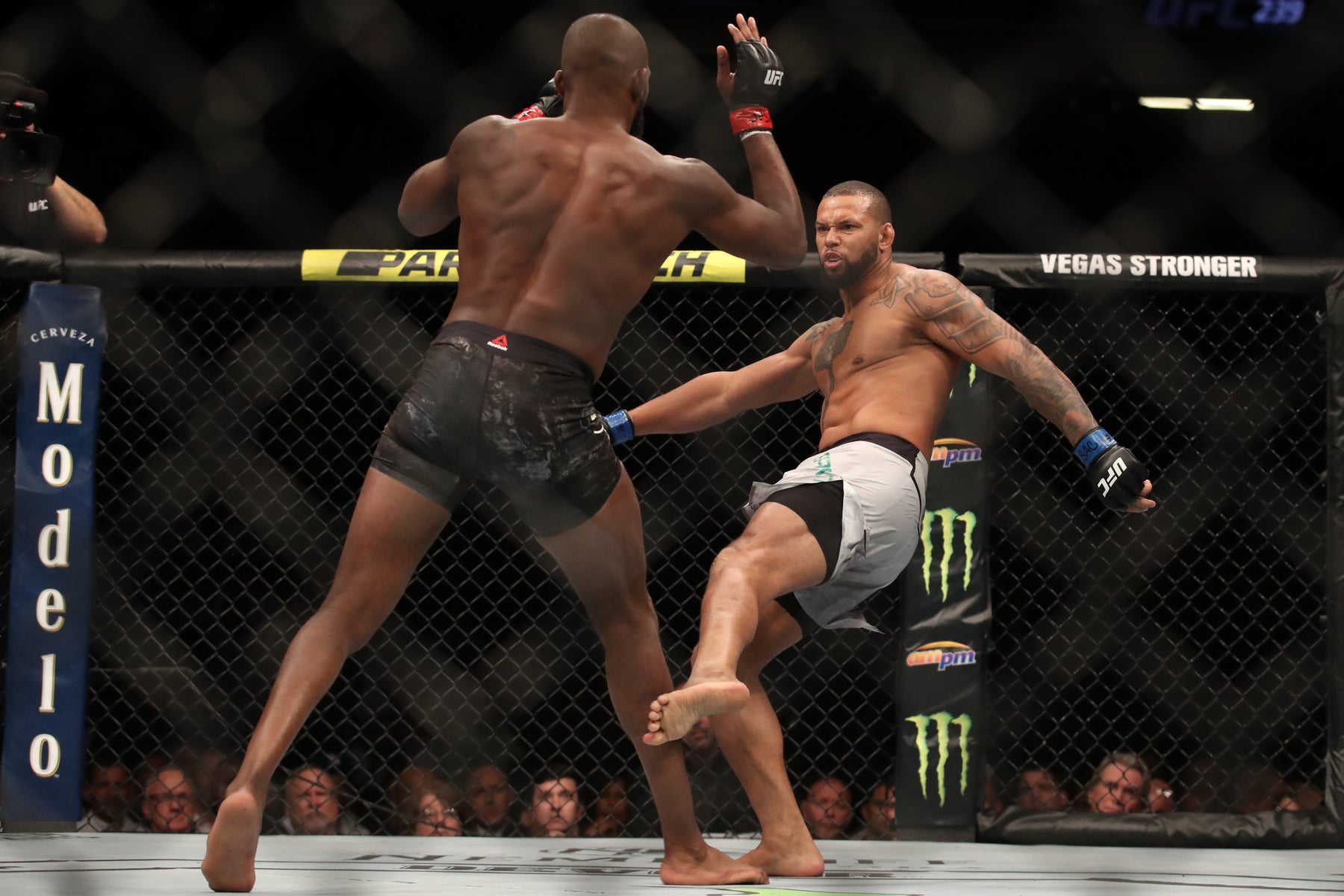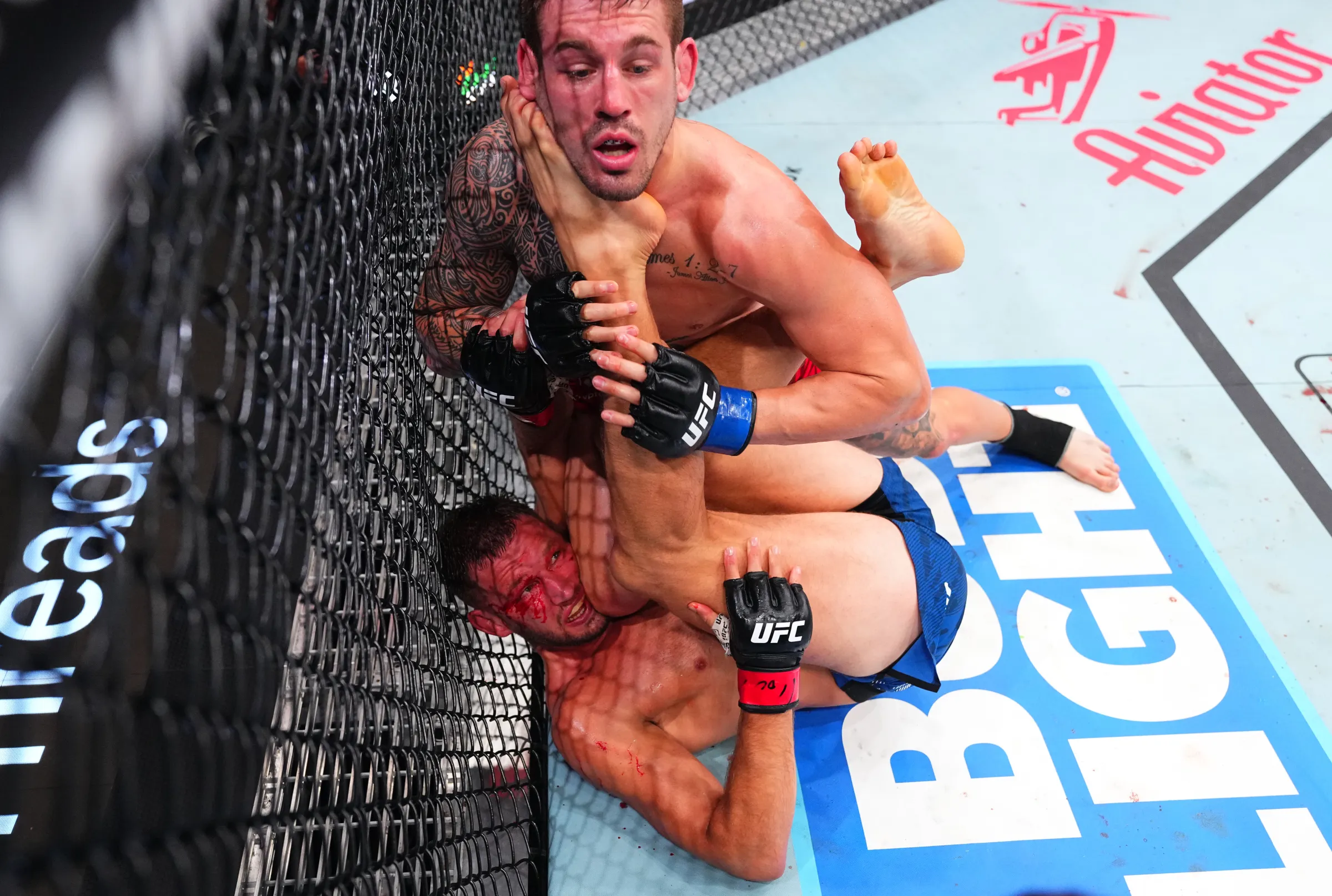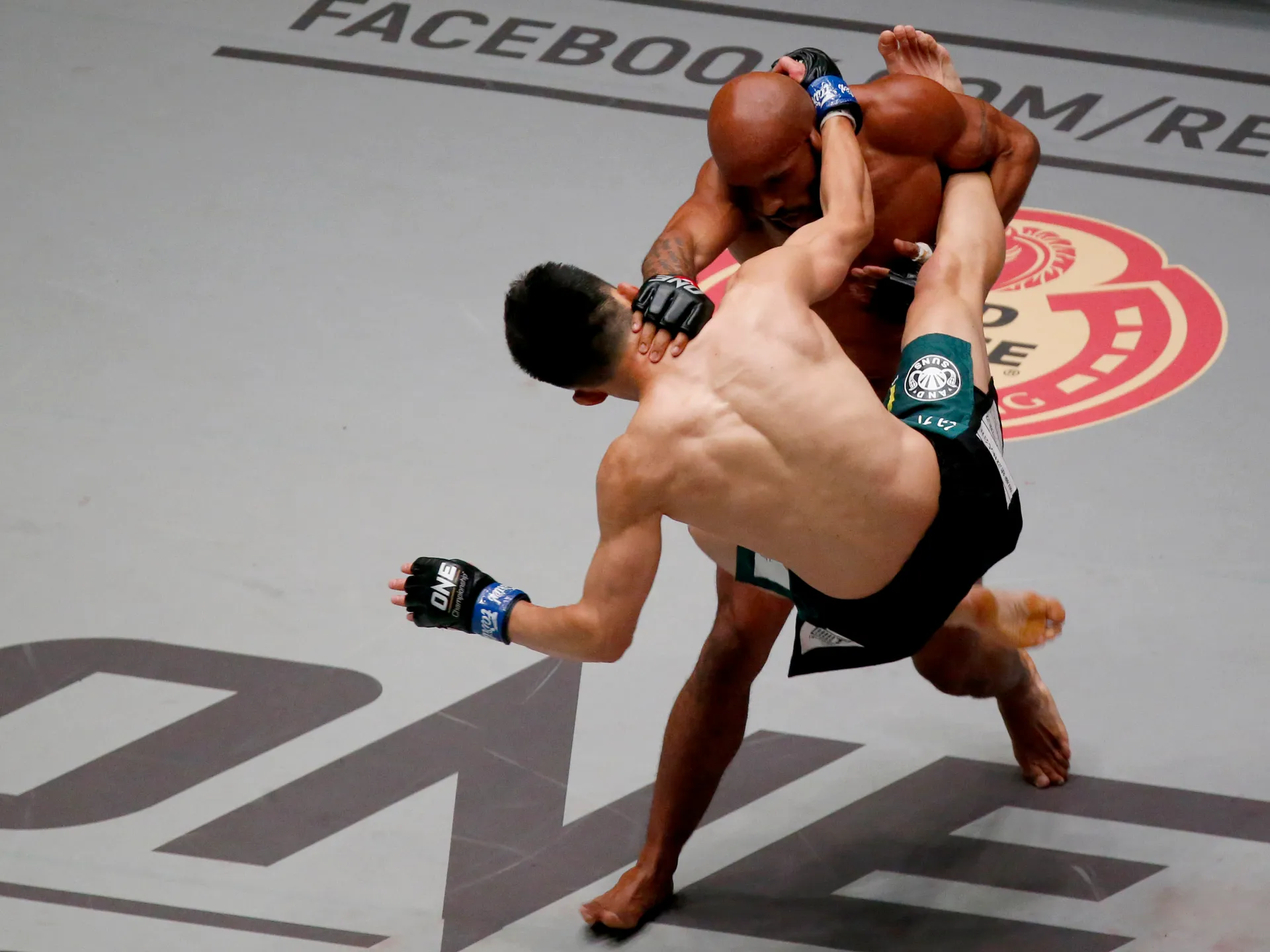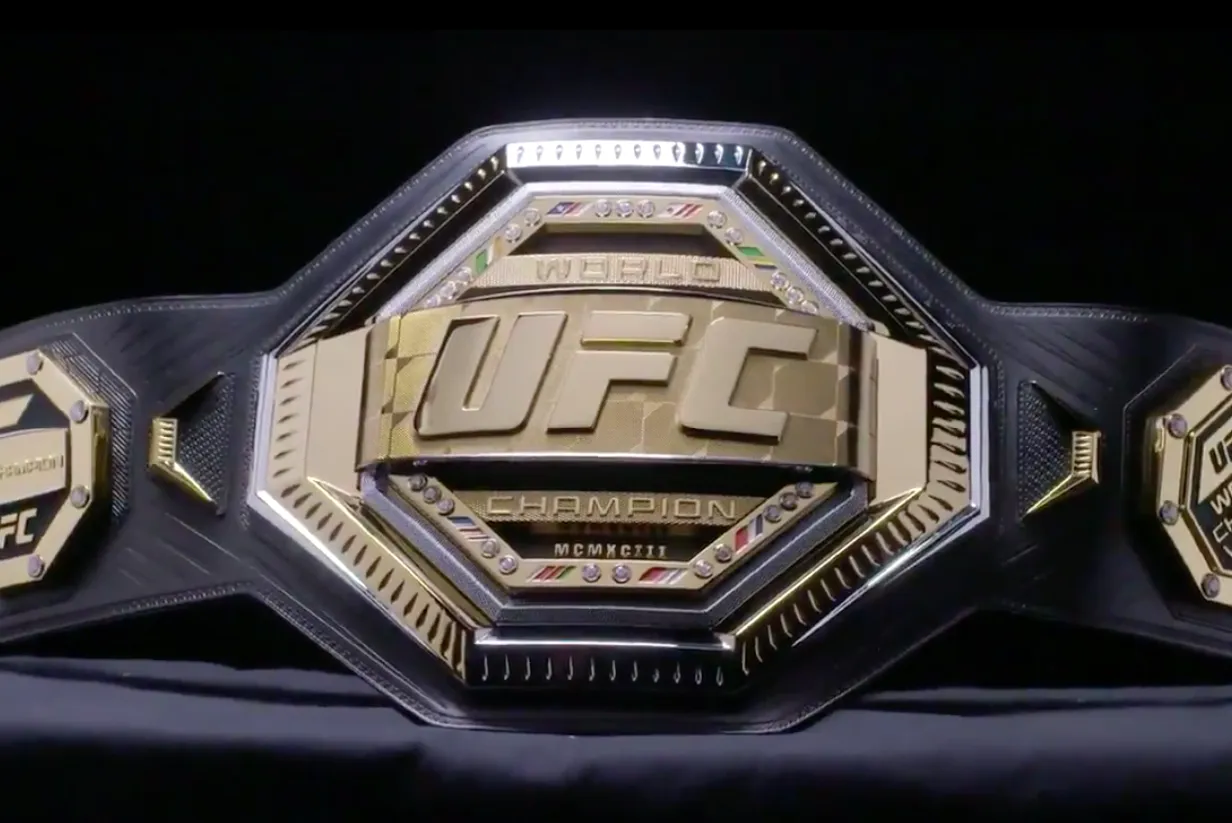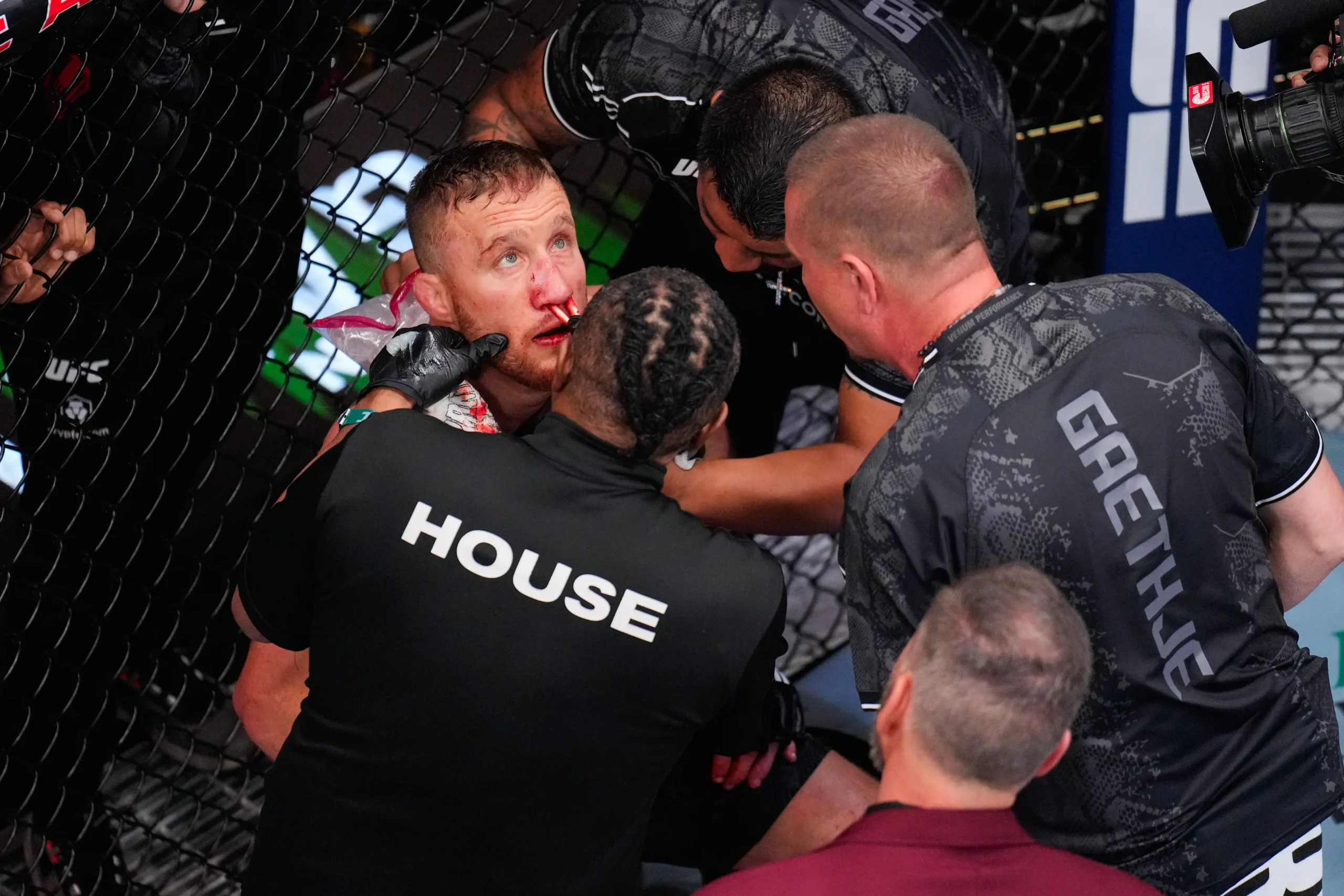How many rounds in UFC? A complete guide to rounds, time limits, breaks, and special cases
How many rounds in UFC? A complete guide to rounds, time limits, breaks, and special cases
Fans constantly ask: how many rounds in UFC fights? The short answer: most bouts are three rounds, while title fights and headlining main events are five — each round is five minutes with a one-minute break. Below is the complete, up-to-date guide with all the exceptions, history notes, and what happens if a fight can’t continue.
Fast facts
- Standard lengths: 3 x 5:00 rounds (most UFC bouts); 5 x 5:00 (title fights & UFC main events).
- Rest period: 1:00 between rounds (corners enter; stool, water, coaching allowed).
- Stopping the clock: Referee can pause time for fouls, equipment, or doctor checks; time resumes on restart.
- Scorekeeping: 10-point must system — each round scored independently by three judges.
- Early stoppages/accidentals: Outcomes depend on when the bout ends relative to scheduled rounds (see “Special cases”).
- Rare exceptions: Select non-title featured fights have been five rounds by special designation.
How many rounds in UFC by bout type
- Non-title, non-main event: three rounds of five minutes each.
- Title fights (all divisions): five rounds of five minutes each.
- Main events (even without a belt): five rounds of five minutes each.
That’s the rule of thumb fans should remember. The five-round format for UFC main events makes stamina, damage management, and pacing critical, because rounds four and five often decide championships — or top-contender trajectories.
Why are UFC main events five rounds?
UFC adopted five rounds for headliners to deepen narrative and competitive separation. Across decades of data, the “championship rounds” (R4 and R5) frequently swing the winner in closely matched fights. More total clock time encourages strategic adaptation — wrestling chains to blunt a striker; stance switches and body work to flip a striking battle; or clinch attrition to tax cardio. Five rounds reward layered, phase-changing styles.
Round structure and what happens inside the one-minute break
Each round begins and ends with the timekeeper’s horn. Between rounds, fighters have exactly one minute for recovery and corner instructions. Typical tasks in the break:
- Seat on the stool; mouthguard rinsed; cutman applies end-swells/vaseline.
- Coach delivers 1–2 key tactical cues (e.g., “hand fight before you peel the back take,” “double off the single to finish”).
- Rehydration sips only; no stimulants or unauthorized substances.
- Commission inspectors monitor corners and equipment; the referee checks readiness before the next horn.
If extra time is needed for a doctor to inspect a cut or eye poke, the referee can pause the official clock; that pause does not count as part of the one-minute rest.
Three-round vs five-round strategy: what really changes
Work rate & risk
In three-rounders, there’s less time to build reads, so early initiative matters. Fighters often “bank” rounds with high activity and clinch control to force opponents into desperation late. In five-rounders, the risk curve flattens — body shots and calf kicks that pay dividends after the 12-minute mark are suddenly high-value investments.
Wrestling & grappling
Grapplers in five-round fights often modulate tempo: chain wrestle early to test sprawls and wall-walks, then revisit mat returns after the opponent’s first wind fades. Back-takes with body triangles are especially potent because an entire round of backpack control can swing scorecards without requiring a finish.
Striking layers
Five rounds amplify jab value, stance switching, and feinting because fighters can teach opponents to react one way and later punish that reaction. Conversely, three rounds reward explosive ambush strikers who land the biggest moments in shorter windows.
Special cases: accidentals, point deductions, and technical decisions
Not every fight reaches the final horn. Here’s how round count affects outcomes when something goes wrong:
- Accidental foul before the halfway point (e.g., clash of heads, eye poke deemed accidental): if the injured fighter cannot continue, the bout is typically ruled a No Contest because insufficient rounds were completed.
- Accidental foul after the halfway point: if the injured fighter can’t continue, the result may go to a technical decision. Judges total the completed rounds (and partial round, if scored) to determine a winner.
- Intentional fouls: the referee can deduct points, disqualify the offender, or award a DQ loss depending on severity and effect on the injured athlete.
- Doctor stoppage: If a doctor deems a fighter unfit (cuts, damage, injury), the bout ends — outcome depends on cause (accidental vs legal strikes) and timing relative to scheduled rounds.
Because the threshold is “half the scheduled rounds plus one second,” that halfway line is different in three-round vs five-round bouts; it changes whether a partial scorecard can decide the contest.
Five-round featured fights without a title or main event
While uncommon, the UFC has occasionally booked non-title, non-main event showdowns for five rounds when fan interest and matchmaking value warrant the extra time. These one-off designations are announced in advance and follow the same rules for time, breaks, and scoring as any five-rounder.
Is there overtime or sudden victory in the UFC?
No. Modern UFC bouts under the Unified Rules do not use overtime or “sudden victory” rounds. If the judges’ totals produce a draw (unanimous, majority, or split), the fight is officially a draw. Tournament-style sudden-victory rounds exist in some formats outside the UFC, but not in standard UFC events.
What can and can’t happen between rounds
- Allowed: water, ice, vaseline (on eyebrows, cheekbones, forehead only), end-swells, coaching, minimal cut treatment, replacing/mending a damaged mouthpiece or glove under official supervision.
- Prohibited: illicit substances, smelling salts, unauthorized equipment, excessive vaseline that creates unfair slipperiness (the ref will wipe it off).
- Corner conduct: multiple cornermen are allowed but must exit before the horn; late exits can earn warnings or point deductions if they impede the opponent.
Broadcast timing vs. fight timing
Television pacing doesn’t change the official clock. Commercials and walkouts affect when a bout starts, not how long rounds last. The timekeeper’s horn, referee commands, and commission oversight control the competitive clock. If production causes a delay after the one-minute rest, the referee can hold fighters on stools until the broadcast returns — but the next round still runs a full five minutes when it begins.
What about amateur MMA round lengths?
For context, many amateur commissions use shorter rounds (often 3 x 3:00) with modified rules for safety. This is not the UFC format, but it’s why new fans sometimes hear different round lengths when discussing local events.
A quick history note on rounds in the UFC
Early UFC events (1990s) experimented with different timings, even using a single long period or variable time limits. As state athletic commissions standardized the Unified Rules in the 2000s, the modern framework settled on five-minute rounds, one-minute rests, three rounds for most bouts, and five for championships — later extended to headline main events across the board.
FAQ
How many rounds in UFC title fights?
Five rounds of five minutes each, with one-minute breaks.
Are all UFC main events five rounds?
Yes. Even non-title main events are scheduled for five rounds unless a late change is announced.
How long are non-title undercard fights?
Three rounds of five minutes each with a one-minute rest between rounds.
Can a UFC fight be five rounds without being the main event or a title fight?
Occasionally, yes — the promotion can designate special five-round featured bouts.
What happens if a fighter can’t continue after an accidental foul?
If it’s before the halfway point of the scheduled rounds, the bout is usually a No Contest; after the halfway point, it can go to a technical decision using the judges’ totals.
Is there sudden death or overtime in the UFC?
No. Draws stand as official results if judges’ totals are even.
MMAailm.ee is a premier MMA blog committed to delivering comprehensive analysis, up-to-the-minute news, and exclusive insights into the global landscape of mixed martial arts. Catering to passionate MMA enthusiasts worldwide, MMAailm.ee covers everything from fight night breakdowns and athlete performances to technical evolutions and behind-the-scenes narratives. Our mission is to bridge the gap between fans and the ever-evolving world of MMA through timely information and engaging content.
Latest articles
-
UFC 321 preview (Oct 25, 2025): Aspinall vs Gane in Abu Dhabi — full card, start times, how to watch, and keys to victory
-
Calf kick in MMA: why it works, best setups, and real counters
-
UFC Fight Night De Ridder vs Brendan Allen results: Allen wins after R4 corner stoppage in Vancouver
-
Unified Rules vs ONE vs PFL rules: what’s legal, how scoring works, and why it changes fight strategy
-
UFC belts explained: what champions keep, how the Legacy Belt works, and the BMF title
-
How many rounds in UFC? A complete guide to rounds, time limits, breaks, and special cases


